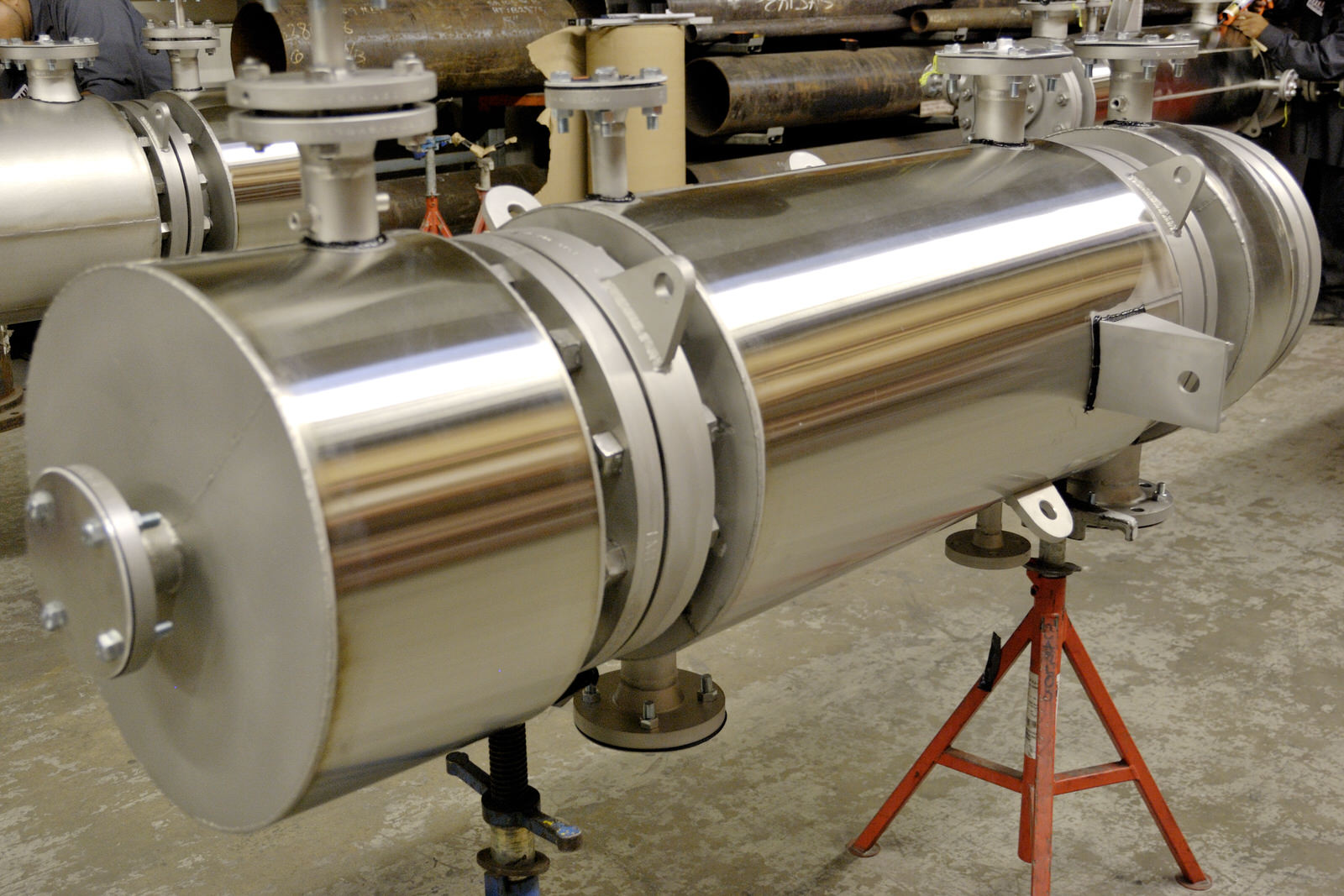Future Trends in Thermal Exchange Tech|What Anticipate

Heat exchangers are the unsung heroes of various industries, playing a vital role in the efficient transfer of heat between two or more fluids. From powering the machinery in manufacturing facilities to maintaining ideal climates in heating, ventilation, and air conditioning systems, heat exchangers have become integral to a wide array of applications. As we transition to a more energy-conscious future, the technology behind heat exchangers is continuously evolving, promising advancements that could revolutionize how we handle heat transfer in various sectors.
In this article, we will examine the future trends in heat exchanger technology, examining new advancements that are set to enhance performance, efficiency, and sustainability. We will cover key aspects, such as how heat exchangers work, the different types that exist, and their applications in industries like power generation, food processing, and renewable energy. Additionally, we will address the importance of proper maintenance and the role of materials and design in improving energy efficiency. As we gaze into the future, it is crucial to understand the advancements reshaping heat exchanger technology and how these innovations can benefit both sectors and the environment.
Grasping Heat Transfer Devices: Fundamentals and Categories
Heat transfer systems play a critical role in a variety of commercial applications by conveying heat between multiple gases. They promote the effective exchange of thermal energy, which is essential for processes such as heating, chilling, and energy recovery. By using principles of thermodynamics, heat exchangers aid optimize energy consumption and boost overall system performance. Understanding how they function is important for industries needing to enhance efficiency and minimize costs.
There are numerous different types of heat exchangers, each engineered to serve specific purposes and meet various operational requirements. The most typical types include shell and tube, plate, air-cooled designs, and double-pipe heat exchangers. Shell and tube heat exchangers consist of a series of tubes, with one fluid flowing through the tubes and a different surrounding them, while flat plate heat exchangers use a set of thin plates to amplify the surface area for heat transfer. Each type has its distinct advantages, making them appropriate for particular applications.
The selection of a heat exchanger depends on considerations such as the particular application, required heat transfer efficiency, space constraints, and budget considerations. For https://rentry.co/3r8s4qq8 , plate heat exchangers are frequently preferred in situations where space is limited and high efficiency is desired, whereas tube and shell heat exchangers may be more appropriate for applications that need higher pressures and temperatures. Comprehending these nuances enables engineers and project managers to pick the appropriate heat exchanger for their defined needs, ultimately leading to better system performance and energy savings.
Crucial Applications and Efficiency Enhancements
These devices play a crucial role across various industries, making them integral to many applications. In the chemical industry, these devices facilitate the transfer of heat in manufacturing operations, ensuring reactions occur at optimal temperatures and improving product quality. Additionally, in the food sector, heat exchangers are used for heat treatment and cooling processes to maintain hygiene standards while retaining flavor and nutrients, showcasing their versatility in key operations.
Energy efficiency is a primary issue in modern engineering, and heat exchangers significantly contribute to reducing energy use. By recovering waste heat from operations, these systems can reuse thermal energy, leading to lower operating costs and enhanced sustainability. For instance, in heating, ventilation, and air conditioning systems, heat exchangers optimize temperature control by reclaiming heat from exhaust air, which can then be used to preheat incoming fresh air, thereby reducing the need for additional heating or cooling resources.
As industries continue to evolve, innovations in heat exchanger technology promise further efficiency improvements. Future developments include the creation of compact designs that use innovative materials to enhance heat transfer rates and reduce footprint. Additionally, digital monitoring and control systems are expected to play a critical role in predicting maintenance needs, allowing for timely interventions that can prevent breakdowns and extend the lifespan of heat exchangers. This focus on efficiency will guarantee that heat exchangers remain a fundamental aspect of energy management strategies in various sectors.
Upcoming Innovations and Trends in Heat Exchanger Technology
As sectors strive for higher energy efficiency and sustainability, advancements in heat exchange technology are arising rapidly. One of the most notable developments is the creation of small heat exchange systems. These configurations not only conserve space but also enhance thermal performance, enabling for greater efficiency in smaller systems. Advances in materials, such as the utilization of cutting-edge alloys and composites, are driving innovations that can endure high temperatures and harsh environments, thus improving the longevity and reliability of heat exchange units.
Another important trend is the integration of digital monitoring and intelligent technologies within heat exchange systems. Devices and IoT gadgets allow real-time data collection on temperature, flow rates, and potential fouling, which facilitates predictive maintenance. This proactive method not only lowers downtime but also cuts operating costs. As businesses continue to embrace automation and intelligent technologies, the role of intelligent heat exchange systems will only grow, resulting to more effective operations and reduced environmental impact.
Eco-friendliness is also shaping the next phase of heat exchange designs. With an growing focus on renewable energy systems, heat exchangers are being customized to improve efficiency in solar thermal, geothermal, and biomass applications. The demand for energy recovery systems is rising, where heat exchangers play a crucial role in capturing waste heat and converting it into practical energy. This shift towards greener technologies not only advances environmental goals but also emphasizes the essential function of heat exchange systems in the changing energy landscape.

